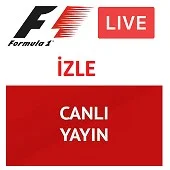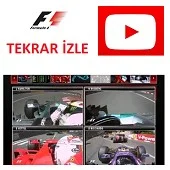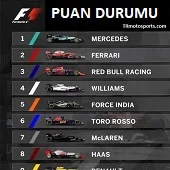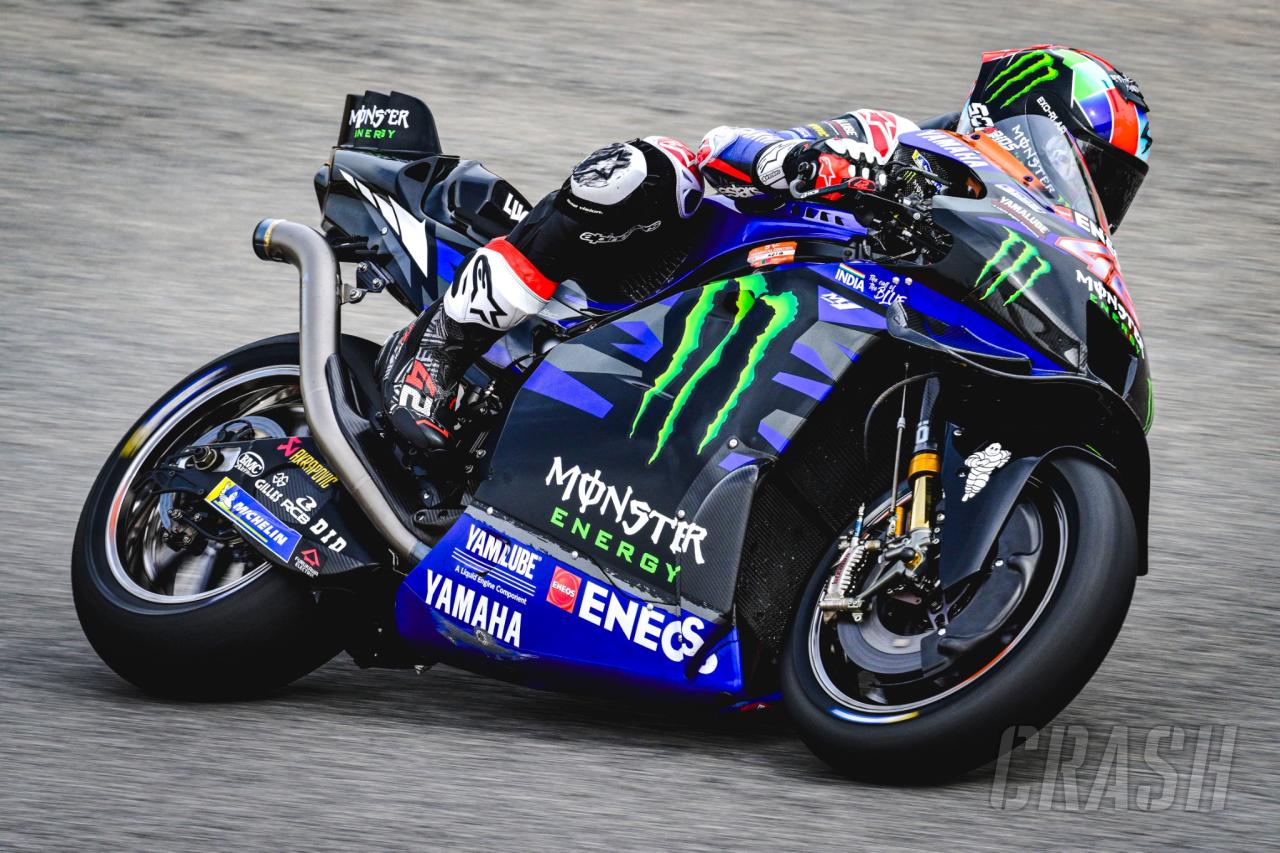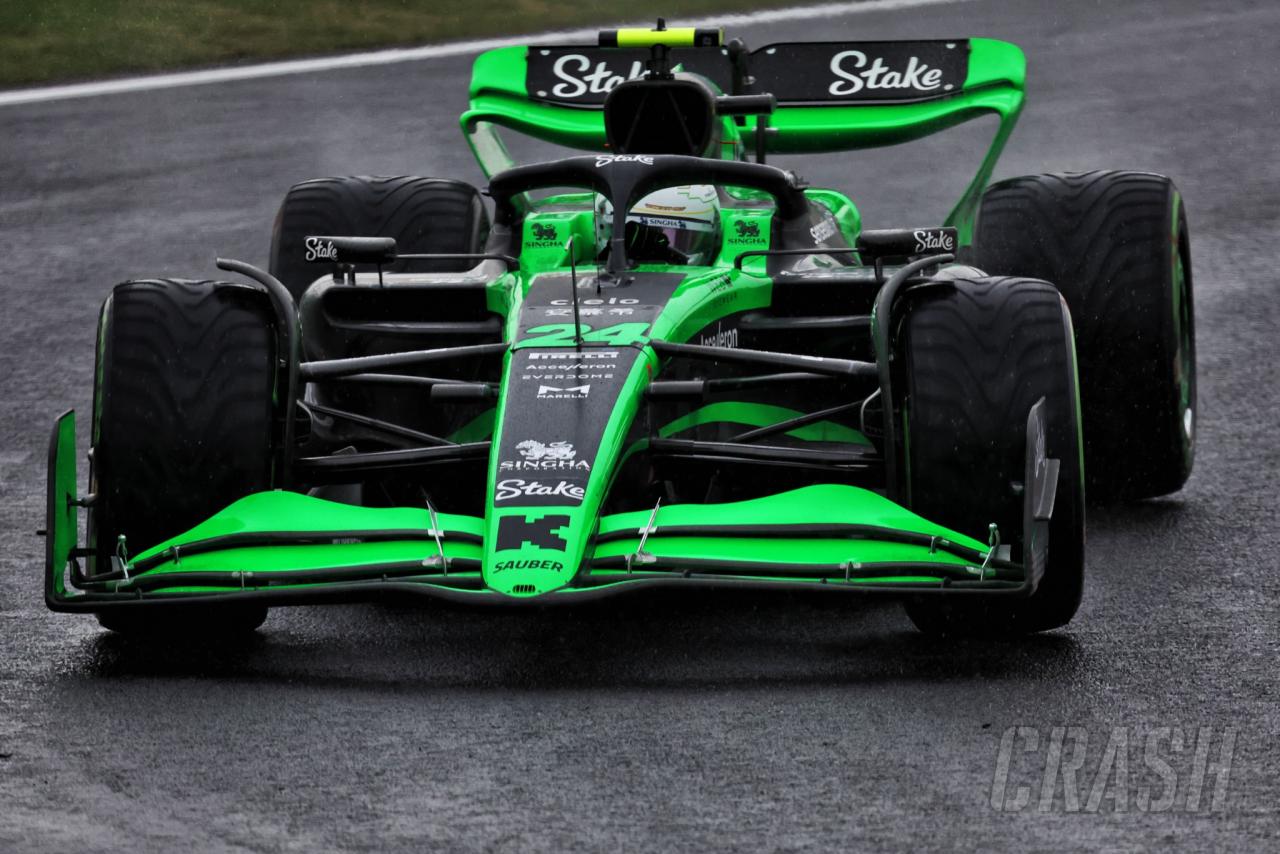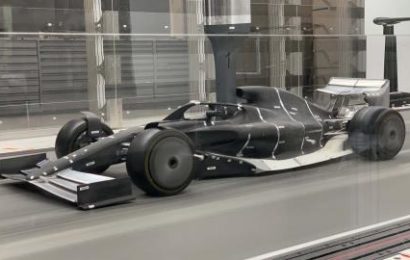
Latest F1 car vision for 2021 revealed in wind tunnel
| F1 Live | F1 Replay | F1 Standings |
Formula 1 has provided first images of the latest iteration of a new-look car design for the 2021 season, in line with the sport’s next set of regulations.Following significant research and development using CFD, F1 has shaped the vision of what the next generation of cars will look like from 2021 onwards.In recent months, glimpses of a new-look design have been provided via artist impressions and digital imagery, but for the first time F1 has released images and video footage of the latest 2021 car model undergoing testing in the wind tunnel.Ahead of last month’s German Grand Prix, a 50% scale model of the latest 2021 car iteration fitted with 18-inch Pirelli tyres was placed in the Sauber wind tunnel, following two earlier runs with smaller models in January and March.The 2021 design features noticeably less complex aerodynamic elements to tie in with the sport’s bid to lower costs and increase competition between teams in the next era of regulations, which are still being discussed.F1 says the sidepod and rear wing areas are “expected to remain the same in the final iteration”, but added the front wing design is expected to “evolve” as development continues.“The wind tunnel testing we are doing is slightly different to what the teams might do,” F1’s chief technical officer Pat Symonds told the official Formula 1 website.“The teams concentrate solely on the forces on the car, through a variety of attitudes as they move the car around.“While we naturally have an interest in what those forces are and particularly how those forces change as the car moves, we’re even more interested in what is happening to the turbulent air behind the car.“For that reason, although we are doing most of our development in CFD, and that CFD is using some pretty advanced techniques which aren’t commonly used by the teams, we want to back up the virtual simulations with a physical simulation.“We also chose to use a 50% model rather than a 60% model and we chose to run that model quite a long way forward in the wind tunnel, so this gave us the opportunity to best inspect the wake of the car.”The FIA’s head of single seaters, Nikolas Tombazis, explained how emphasis is being placed on trying to ensure the next breed of F1 cars are easier to follow each other with the aim of increasing overtaking.“The fundamental point of all of this is that we are trying to reduce the losses that the following car would face,” he added.“The simplification of the leading car’s aerodynamics also helps for wake performance because on the one hand the front car doesn’t have as many methods to control its wake.“On the other hand the following car, not having all these little, very sensitive devices is less susceptible to disruption.”Symonds said the results seen in the wind tunnel are “actually beyond what I thought we could achieve when we started the project.”He added: “With the configurations we have got at the moment, the results are exceptional.”
For motorsport news follow TRmotosports on social media.
facebook.com/TRmotosports
twitter.com/TRmotosports
instagram.com/trmotosports/
linkedin.com/company/trmotosports-com
